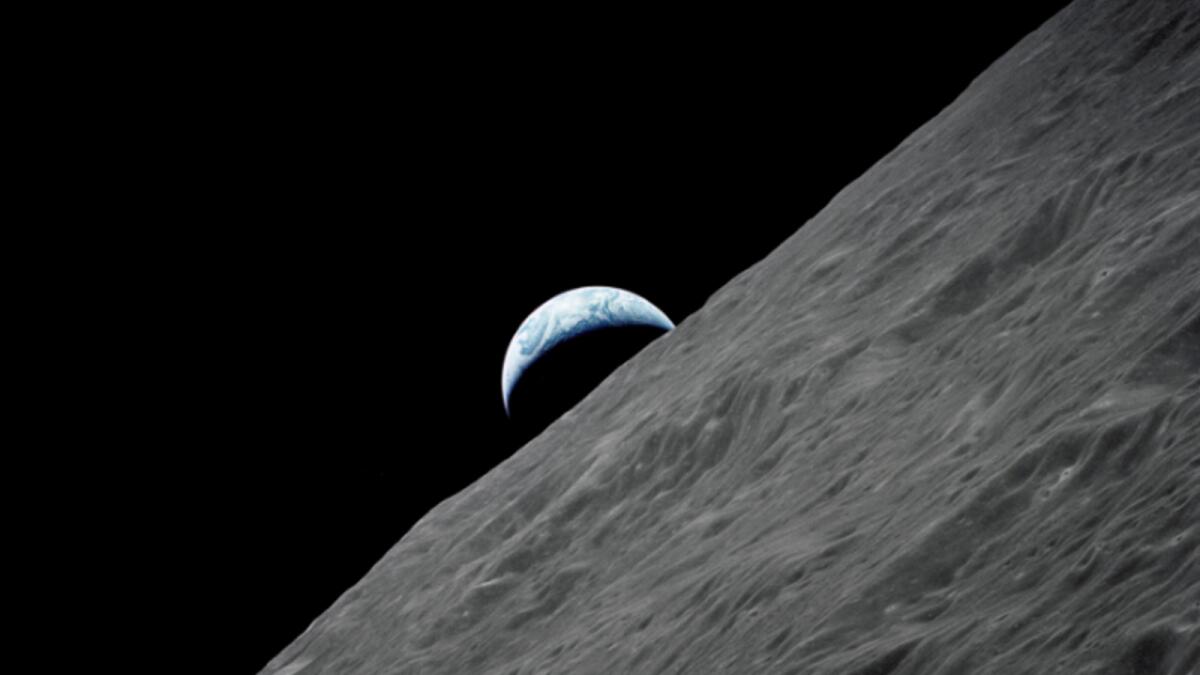Earth, the only planet in our solar system with a single Moon, is about to welcome a second ‘mini moon’. A mini-moon is a small asteroid or space rock temporarily captured by Earth’s gravity. This new mini-moon, named 2024 PT5, is expected to enter Earth’s gravitational field on September 29 and stay in orbit until November 26, 2024. It is significantly smaller than our Moon, with a size comparable to that of a bus. This mini-moon belongs to the Arjuna Asteroid Belt, orbiting at an average distance of about 149 million km from the Sun. Discovered on August 7, its closest approach to Earth was on August 8, at a distance of approximately 567,000 km.
Although the mini-moon will orbit Earth for a brief period, it will not be visible to the naked eye due to its small size and dim appearance. Viewing the asteroid requires telescopes with a diameter of 8 meters or more, equipped with appropriate cameras. Fortunately, the asteroid poses no threat to Earth, as it orbits at a safe distance of 4.5 million km. Its gravitational influence is minimal compared to Earth’s moon and will not impact natural occurrences like tides. After its orbit around Earth, the asteroid will escape the planet’s gravitational field and continue to orbit around the Sun. The mass and gravitational influence of the mini-moon are negligible compared to that of the Earth’s moon, ensuring no significant impacts on Earth.
The naming of the mini-moon, 2024 PT5, follows specific conventions. The numerical portion signifies the year of discovery, while the letter indicates the time of discovery within that year. For example, P denotes the second half of August, and T5 signifies that it is the fifth object discovered during that period. This systematic naming approach allows astronomers and researchers to track and identify celestial objects efficiently. 2024 PT5 is part of a secondary asteroid belt, the Arjuna Asteroid Belt, known for its space rocks that follow orbits similar to Earth’s. Despite its small size, the mini-moon plays a fascinating role in our understanding of the cosmos and celestial dynamics.
While the mini-moon will not be visible to the naked eye from the UAE or other regions, it provides a unique opportunity for astronomers and researchers to study and observe celestial objects. Telescopes with large diameters and specialized equipment are required to view the asteroid. Its orbit, safe distance from Earth, and minimal gravitational impact make it a fascinating yet non-threatening addition to our cosmic neighborhood. As 2024 PT5 continues its journey around Earth and towards the Sun, researchers will gather valuable data and insights into the dynamics of these mini-moons and their role in the solar system. Stay updated on this celestial event, and witness the wonders of the universe as Earth briefly hosts a second mini-moon.
In conclusion, the arrival of the mini-moon 2024 PT5 offers a unique opportunity for astronomers and enthusiasts to observe a celestial object temporarily captured by Earth’s gravity. Its small size, safe distance, and non-threatening nature make it an intriguing addition to Earth’s cosmic neighborhood. Named following specific conventions, this mini-moon provides insights into the dynamics of space rocks and their orbits around Earth and the Sun. While not visible to the naked eye, the asteroid offers valuable research opportunities for astronomers equipped with advanced telescopes and cameras. As 2024 PT5 orbits Earth and ventures towards the Sun, it contributes to our understanding of celestial phenomena and the complexities of our solar system. Witness the beauty and mysteries of the universe as Earth welcomes a second mini-moon for a brief but eventful stay.











